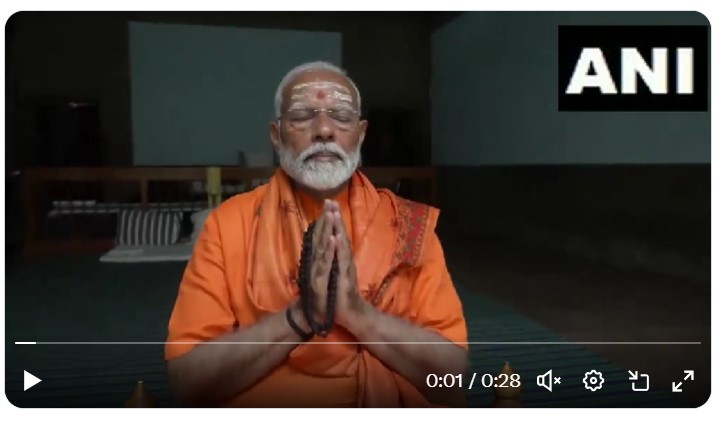
Prime Minister Narendra Modi’s recent visit to Kanyakumari has sparked a debate over the extravagant costs involved in capturing the event on camera. After offering special prayers at Sri Bhagavathi Amman Temple, Mr. Modi began a 45-hour meditation session at Vivekananda Rock Memorial. While this event was significant, the cost of documenting it has raised eyebrows.
To photograph and record the Prime Minister’s activities, high-end cameras like the Phase One XC and the ARRI Alexa LF were used. The Phase One XC, with its 150-megapixel back and fixed ultrawide lens, costs a whopping $62,400. The ARRI Alexa LF, a cinema camera used in popular films and TV shows like “Dune,” “Ford v Ferrari,” and “Stranger Things,” starts at $98,200. Renting these cameras is also extremely expensive, ranging from 1 to 2 lakh rupees for just 1-2 hours of shooting. Depending on the duration, the cost can skyrocket to 50-60 lakh rupees.
For Prime Minister Modi’s event, nine such cameras were employed to cover various angles. The estimated cost of this 1-2 hour recording session was around 20-22 lakh rupees. All of this expense is being paid with taxpayers’ money, leading to criticism of such an extravagant approach.
Critics argue that spending so much on videography for a meditation session is unnecessary and a misuse of public funds. They believe that the money could have been better utilized for essential services and development projects that directly benefit the people. The use of ultra-expensive cameras for a short recording has raised questions about priorities and fiscal responsibility.
While the Prime Minister’s activities are important to document, it is crucial to consider cost-effective methods that do not burden taxpayers excessively. The controversy highlights the need for a more balanced approach in managing public funds, ensuring that essential needs are met without extravagant spending on media coverage.
